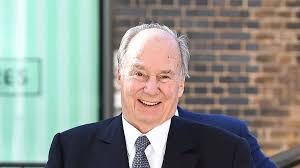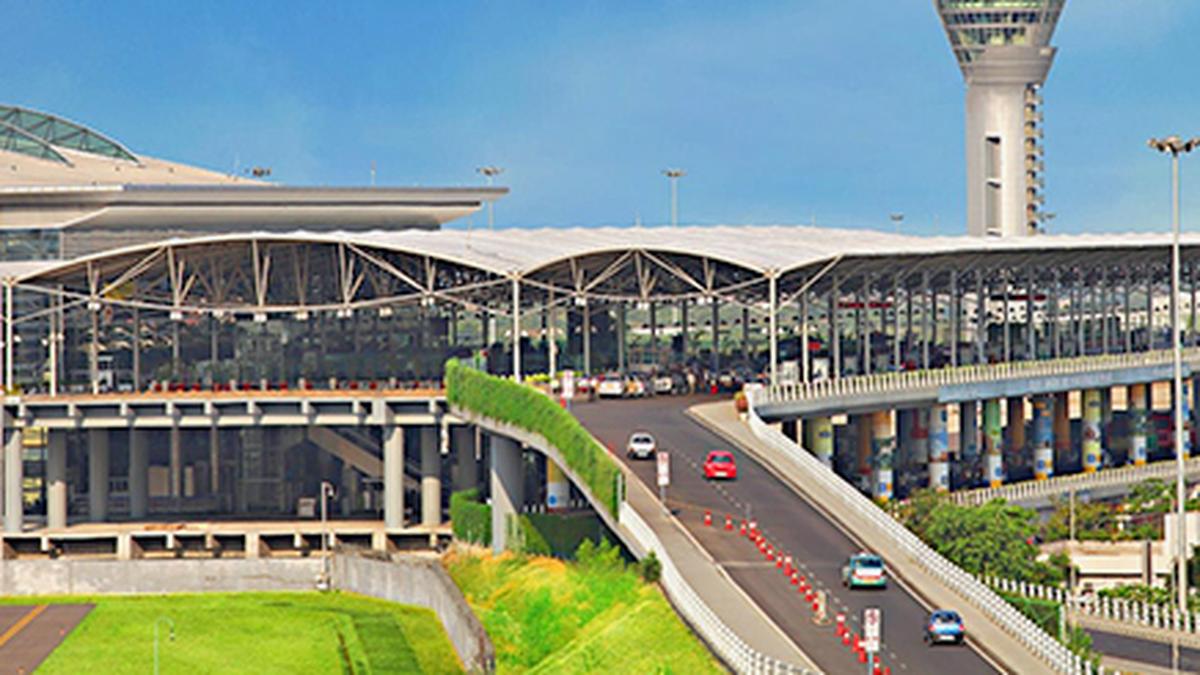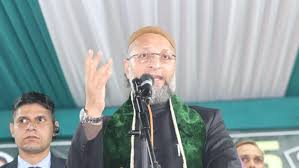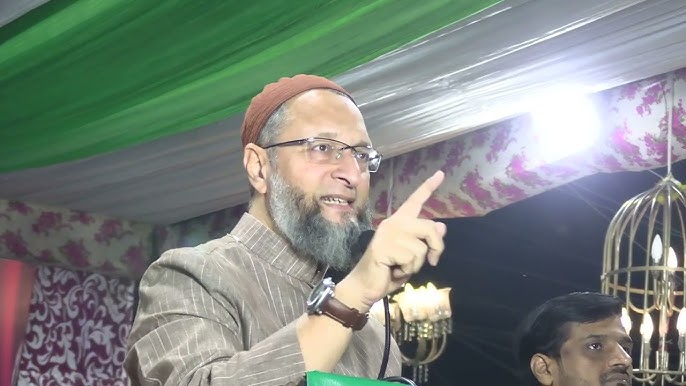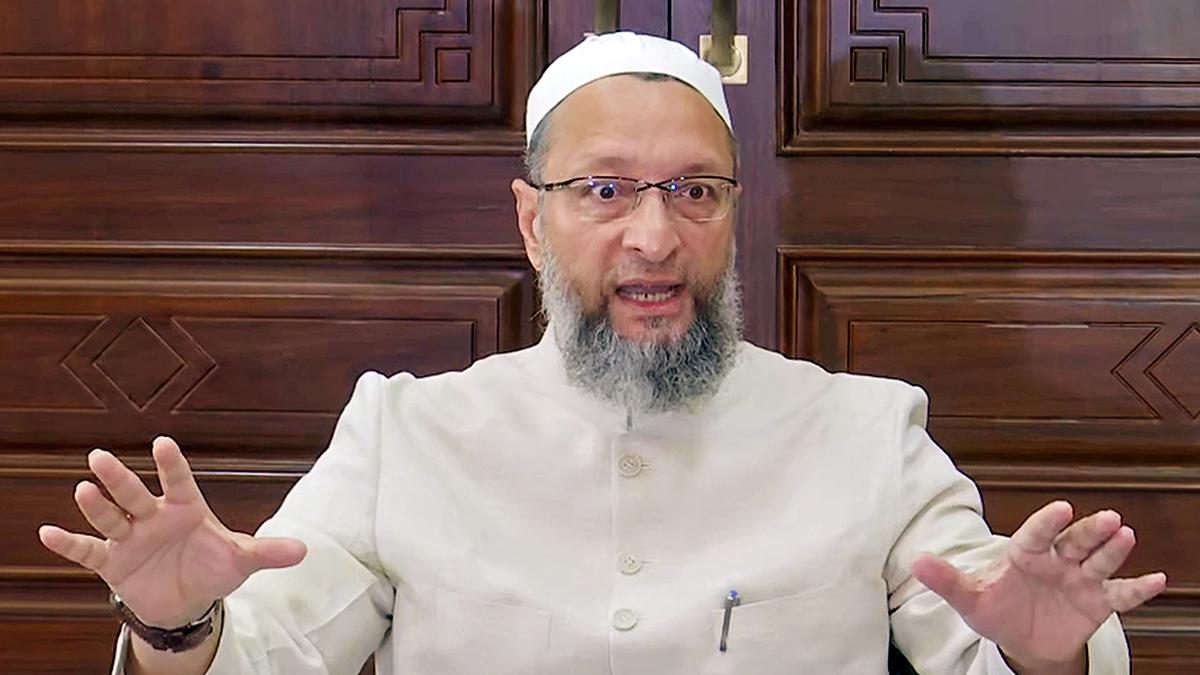Mahagathbandhan fails in Uttar Pradesh, a new Kairana model emerges
Sat 25 May 2019, 14:57:07
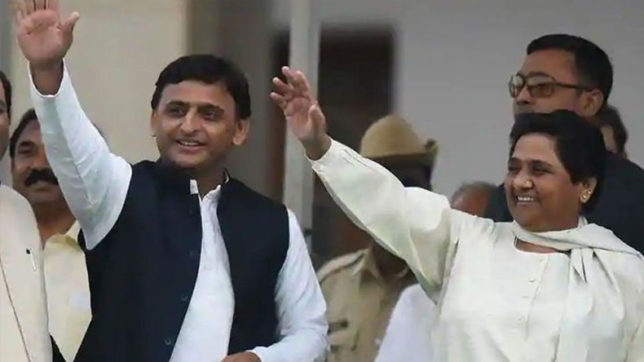
Mumbai: The Bharatiya Janata Party-led National Democratic Alliance won 62 seats out of the 80 seats which represent the state in the parliament restricting the Mahagathbandhan to 17 eats while the Congress won just Rae Bareilly.
In 2014, the NDA won 72 seats which was unprecedented as the state has the most complex caste equations to crack.
Mahagathbandhan, the coalition of SP-BSP-RLD, failed to make any significant mark. Its only achievement was to restrict the NDA to 62, nine seats lesser than its previous score. It is, however, not difficult to infer that the grand-alliance had a drastic election.
It was speculated that the alliance would be a boon as the three main constituencies of voters—muslims, Yadavs and backward—would have supported the Mahagathbandhan.
The results, however, show the Mahagathbandhan had only arithmetic in its favour while the public sentiment was with Narendra Modi.
Mahagathbandhan’s performance was reflected in victory margins. If the SP and BSP were deemed to have fought the 2014 elections together, based on the number of votes garnered in each constituency, the alliance would have won 41 seats. Around 18 of these seats would have had winning margins of more than 1 lakh votes.
In 2019, this alliance, with the added votes of RLD, won just 15 seats, of which seven were won with margins of over 1 lakh votes. In contrast to this, the BJP has won 62 seats, of which 44 have victory margins of over 1 lakh votes. Among these seats, 23 had a winning margin of over 2 lakh.
The situation is also reflected in the total vote shares of the two coalitions in UP. In 2014, when the SP, BSP and RLD fought separately, their combined vote share was 42.63 per cent. It slipped to 38.92 per cent in 2019. The BJP’s vote share increased from 42.63 per cent to 49.55 per cent.
A look at key constituencies, from where leaders like SP’s Mulayam Singh Yadav fought, makes this gap even wider. In 2014, Mulayam’s nephew Tej Pratap Singh Yadav got 5.95 lakh votes as an SP candidate from Mainpuri and won the seat. If the BSP’s votes (1.43 lakh) in the seat are added, his victory margin swells to over 5
lakh votes.
lakh votes.
This time, Mulayam contested the seat and won by a margin of just over 94,000 votes.
In Azamgarh, which Mulayam vacated for his son Akhilesh this year, the Mahagathbandhan’s victory margin dropped by over 90,000 compared to 2014.
In Budaun, represented by Mulayam’s nephew Dharmendra Yadav for the past two terms, the Mahagathbandhan got a shock with Dharmendra’s defeat. He garnered fewer votes in 2019 than he got as SP candidate in 2014
The results indicate that the political affinity of various castes in Uttar Pradesh witnessed a change between 2014 and 2019.
Both the SP and BSP have historically won elections by combining their core votes with those of non-Yadav OBCs.
While Yadavs account for about 10 per cent of UP’s population, Muslims make up 20 per cent, Dalits 20 per cent, upper castes 20 per cent and non-Yadav OBCs 30 per cent.
Non-Yadav OBCs, who had already migrated towards the BJP in 2017, did not buy into Mahagathbandhan’s numbers. Non-Jatav Dalits too saw Modi as a better bet.
In Fatehpur Sikri, the SP-BSP combined vote share in 2014 would have given it a victory over the BJP by 40,000 votes. Yet, it lost the seat in 2019 by close to 5 lakh votes to the BJP.
In Gorakhpur, Phulpur and Kairana, where the Mahagathbandhan experiment was first tested successfully in 2018, the story was no different. BJP lost Gorakhpur to Mahagathbandhan by over 21,000 votes in 2018.
In 2019, the BJP was ahead by over 3 lakh votes. In Phulpur and Kairana, both won by Mahagathbandhan in 2018 bypolls, the BJP won in 2019 by 1.7 lakh and 90,000 votes, respectively.
The Mahagathbandhan was supposed to give BJP a close fight in many seats. However, the victory margins were less than 20,000 in only 10 constituencies. Nine of these were won by BJP.
When the Mahagathbandhan was announced, Mulayam Singh Yadav had said that the alliance would do more harm than good by benefitting the BSP.
In 2014, the BSP did not win a single seat and in 2019, as a part of the coalition, the BSP won 10 seats.
No Comments For This Post, Be first to write a Comment.
Most viewed from National
Most viewed from World
AIMIM News
Delhi Assembly polls: Owaisi leads Padyatra in Okhla
Feb 01, 2025
We reject this Waqf Amendment Bill: Asaduddin Owaisi
Jan 30, 2025
Latest Urdu News
Most Viewed
May 26, 2020
Which political party will win the Delhi Assembly polls to be held on Feb 5?
Latest Videos View All
Like Us
Home
About Us
Advertise With Us
All Polls
Epaper Archives
Privacy Policy
Contact Us
Download Etemaad App
© 2025 Etemaad Daily News, All Rights Reserved.

.jpg)
.jpg)
.jpg)
.jpg)
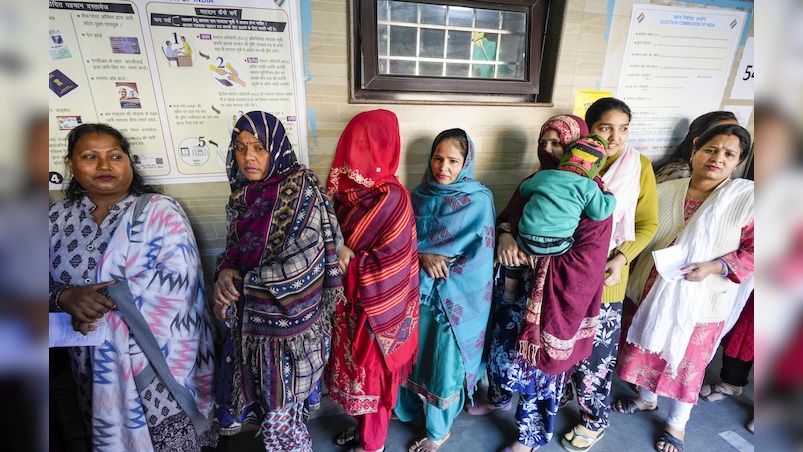
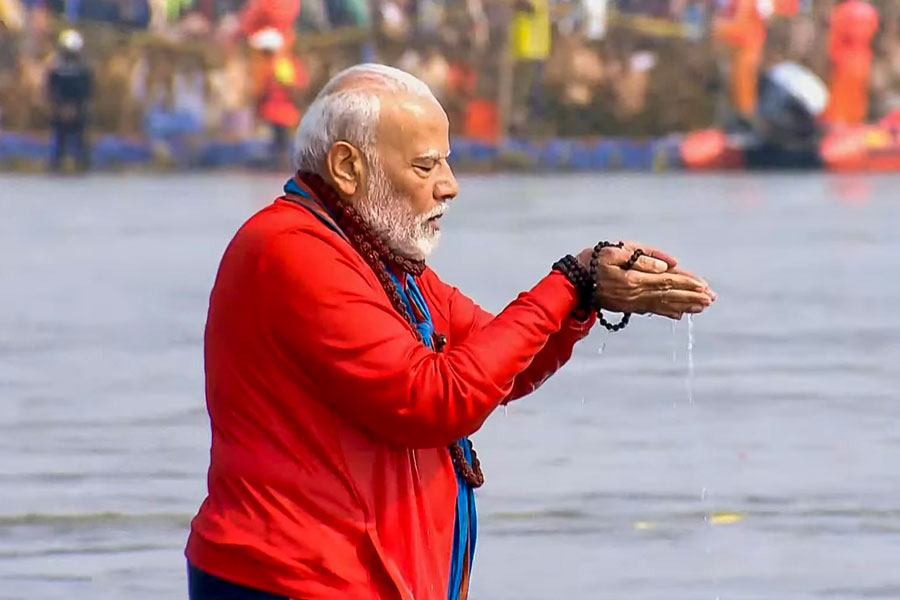
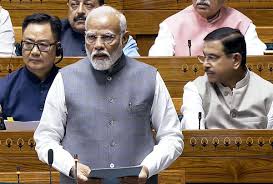
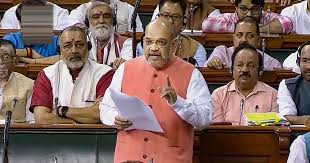
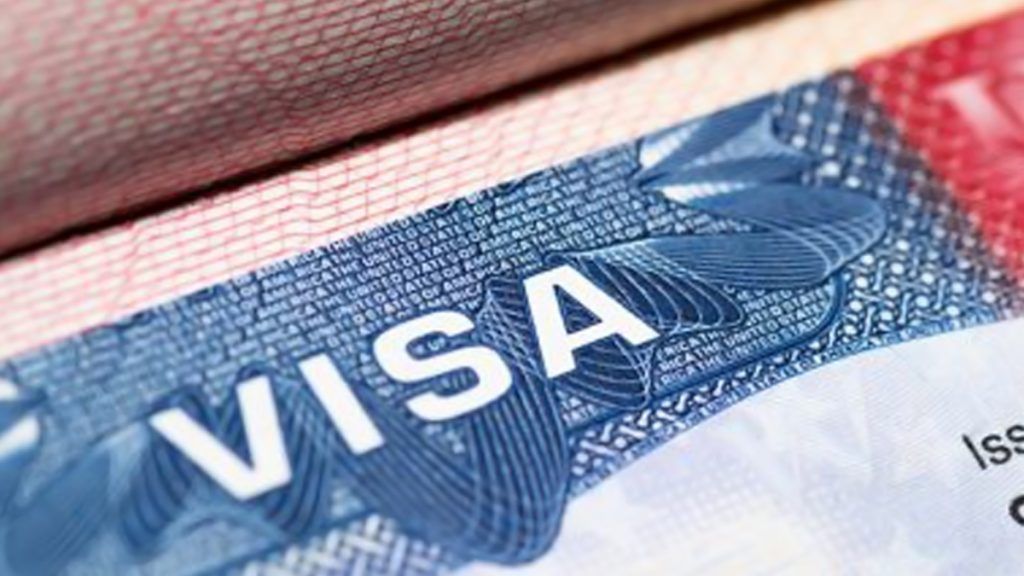
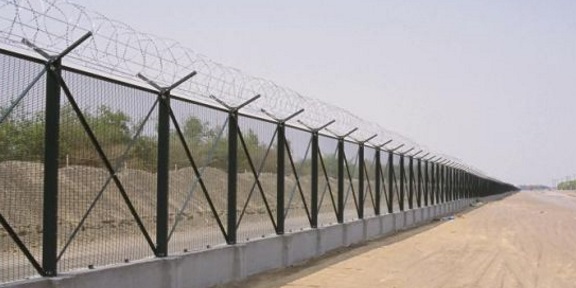

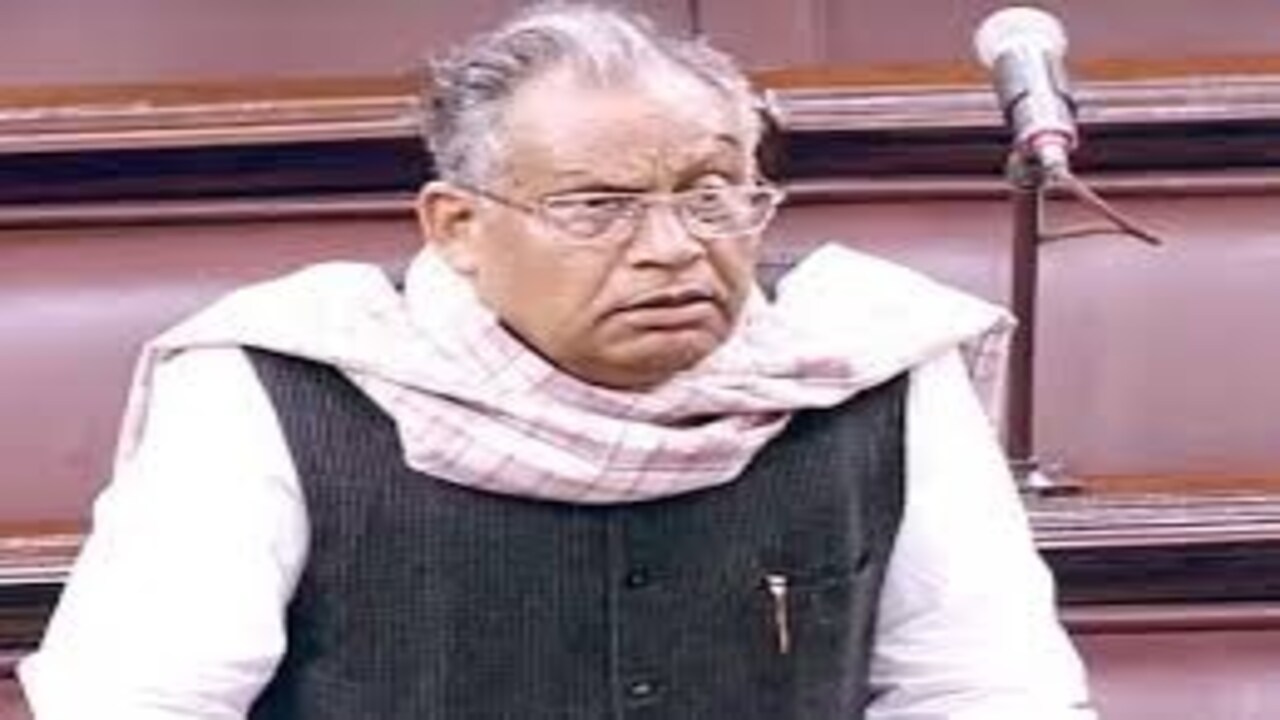
.jpg)
.jpg)
.jpg)
.jpg)
.jpg)
.jpg)
.jpg)
